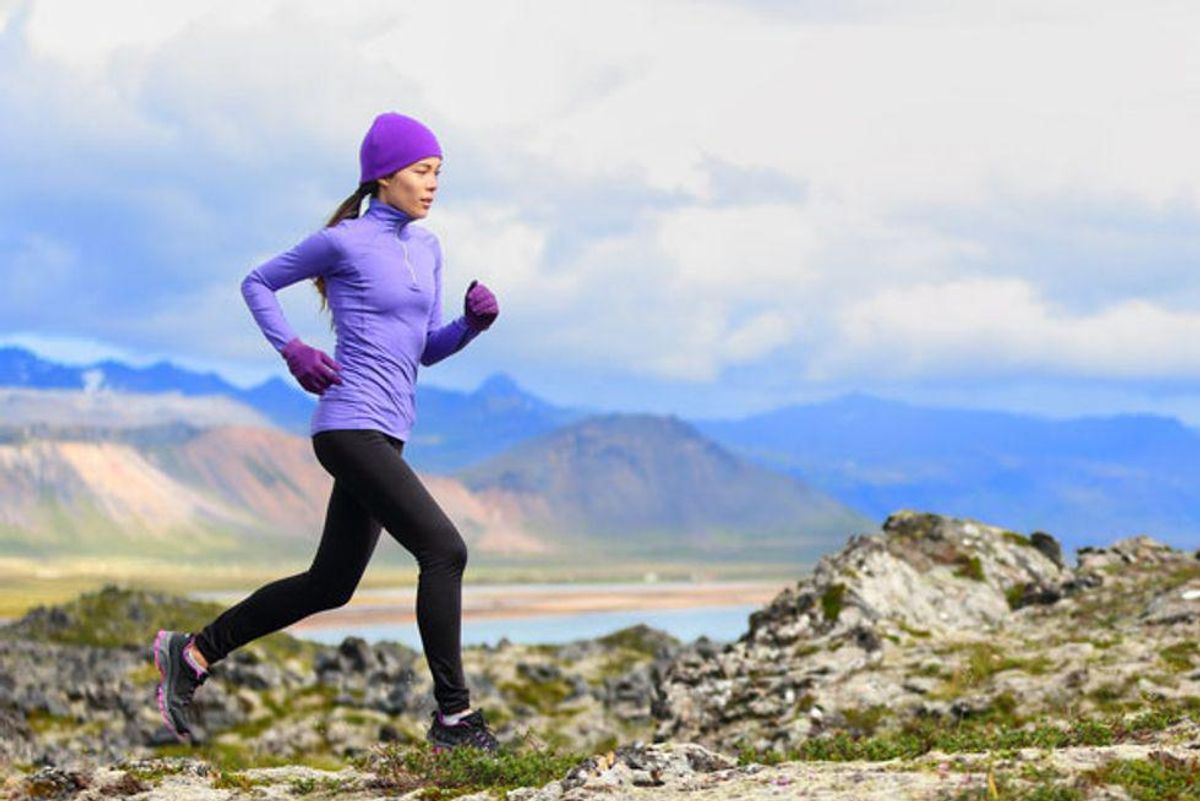
5 Tips for Chilly Outdoor Workouts
Don't let cooler temps cancel your outdoor fitness routine.
Oct 08, 2014
Jan 05, 2021
Nutrition & Movement
HealthyWomen's Copy Editor
Marcia Cronin has worked with HealthyWomen for over 15 years in various editorial capacities. She brings a strong background in copy editing. She graduated from the University of North Carolina at Chapel Hill with a bachelor's degree in journalism and worked for over two decades in newspapers, including at The Los Angeles Times and The Virginian-Pilot.
After leaving newspapers, Marcia began working as a freelance writer and editor, specializing in health and medical news. She has copy edited books for Rodale, Reader's Digest, Andrews McMeel Publishing and the Academy of Nutritionists and Dietitians.
Marcia and her husband have two grown daughters and share a love of all things food- and travel-related.
Full BioLearn about our editorial policies

Don't let cooler temps cancel your outdoor fitness routine.
Don't let cooler temps cancel your outdoor fitness routine.
Studies show that moderate exposure to sunlight can increase and enhance your mood. Plus, "People are wanting to get outdoors more, because we're cooped up inside with our jobs," says Deborah McConnell, a master trainer for LifeFitness Academy.
READ: How Exercising Outdoors Can Boost Your Workout
Whether you're training for a Tough Mudder, walking with a group of friends or tackling a group boot camp class, rock your fresh-air workout with McConnell's chilly weather workout tips.